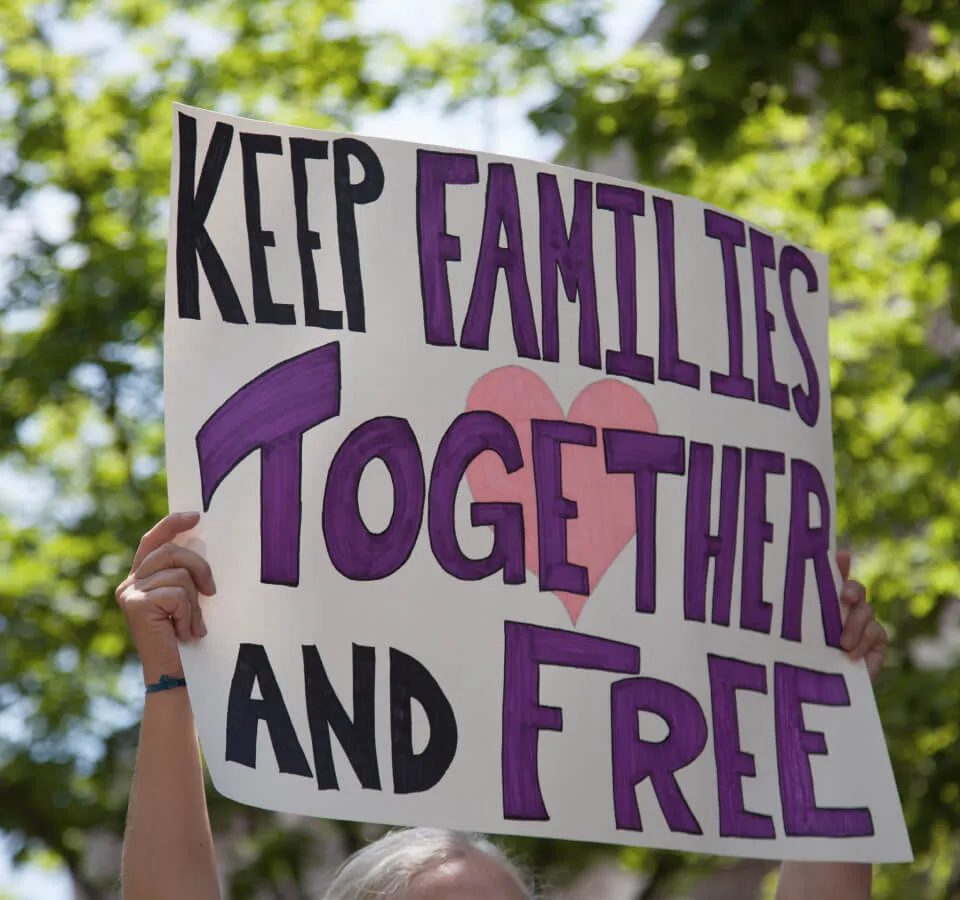Immediate Relatives vs. Family Preference Categories
When it comes to family-based immigration in the United States, the terms “Immediate Relatives” and “Family Preference Categories” are fundamental. However, many families navigating the process may not fully understand what these categories entail and how they can impact the timeline and likelihood of reuniting with loved ones. At Zaveri Law Firm P.C., we guide families through these complexities with clarity and precision. Here’s what you need to know.
Immediate Relatives
The Immediate Relatives category is considered one of the most straightforward pathways to family-based immigration. This group includes spouses of U.S. citizens, unmarried children under 21 of U.S. citizens, and parents of U.S. citizens who are at least 21 years old. What makes this category unique—and often advantageous—is that there is no numerical limit on visas issued each year.
For families, this can mean a significantly faster process. Immediate relatives do not have to wait for a visa to become available, as their applications are considered a priority. For example, if you’re sponsoring your spouse, the focus is on demonstrating the legitimacy of the marriage and submitting complete and accurate paperwork. Timing, in these cases, is often dependent on the procedural steps, such as document submission, interview scheduling, and case approval.
That said, even the “simpler” processes can feel overwhelming. Missteps during filing or missed deadlines could still result in delays. We’re here to help ensure your paperwork is meticulous and that all steps of the process are addressed efficiently and effectively.
Family Preference Categories
The Family Preference system, while also family-based, deals with relatives who fall outside the Immediate Relatives scope. These categories are reserved for specific relationships, such as adult children (both married and unmarried) and siblings of U.S. citizens, as well as spouses and children of lawful permanent residents (LPRs).
Unlike Immediate Relatives, the Family Preference system has strict annual visa limits, which often creates prolonged wait times. The U.S. Department of State’s Visa Bulletin determines when visas become available based on preference level and the applicant’s country of origin. Unfortunately, this can sometimes mean waiting years—or even decades—for a visa number to be assigned.
For example, if you’re a U.S. citizen applying to sponsor your married son or daughter, you would fall under the “Third Preference” category. Each month, the Visa Bulletin provides updates on “priority dates,” the dates when petitions for these cases were first filed, and how far along they are in the queue. Understanding these wait times and planning accordingly can be crucial for your family’s immigration goals.
Why Understanding the Difference Matters
Navigating these categories may seem daunting, especially when trying to determine the appropriate pathway for your circumstances. For Immediate Relatives, the process is generally quicker but still demands thorough preparation. For Family Preference Categories, understanding timelines and setting realistic expectations are key.
At Zaveri Law Firm P.C., our passion lies in bringing families together. We know how much you miss the moments spent with loved ones. Our focus is on making this process smoother for you by ensuring compliance with all requirements while offering tailored solutions at every step of the way.
Whether you’re filing for a spouse, parent, child, or extended family member, collaboration and guidance from an experienced team can make all the difference. Your family’s goals are important; we’re here to work alongside you to ensure those goals become a reality.
If you’re ready to explore your options or need help understanding which category is right for you, contact us today. Together, we’ll take the next steps toward bringing your loved ones home.




